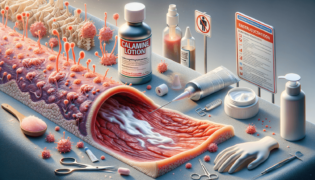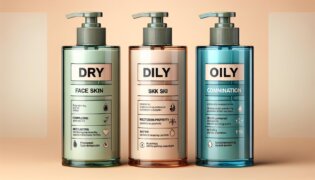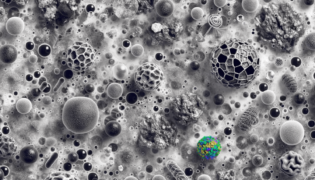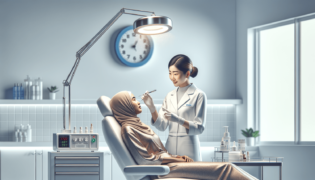To remove skin tags in the anus, consult a medical professional to perform a safe and effective removal procedure such as cryotherapy, electrosurgery, or surgical excision. Avoid DIY methods and seek professional guidance to ensure safety.
Cryotherapy for Skin Tags
Cryotherapy, or freezing skin tags using liquid nitrogen, is a widely-used method for removing skin tags effectively and with minor discomfort.
Electrosurgery for Effective Skin Tag Removal
Electrosurgery utilizes high-frequency electric current to burn off skin tags, a precise procedure with minimal chances of scarring if performed correctly.
Seek Skincare Logix’s Advice on Skin Tags Remover
Consult our comprehensive blog at Skincare Logix for more insights on safe and effective skin tags remover procedures to make an informed decision.
Surgical Excision by Medical Professionals
Surgical excision involves a trained professional carefully cutting off the skin tag using a scalpel or special surgical scissors, with local anesthesia often applied to minimize discomfort.
Introduction to Skin Tags in the Anus
Skin tags, also known as acrochordons, are harmless growths that can appear on any part of the body, including the anus. Though usually painless, skin tags in the anal area can cause discomfort and irritation due to their sensitive location. At Skincare Logix, we understand your concern, and we’re here to help you navigate the removal process safely and effectively.
Why Professional Removal is Essential
Due to the fragile and sensitive nature of the anal area, it’s crucial to consult a medical professional for skin tag removal. DIY methods or over-the-counter products may cause complications, such as infection or scarring. Trust the experts to properly assess and handle the situation.
Preparing for Skin Tag Removal
Before the removal procedure, your healthcare provider may recommend an over-the-counter skin tags remover, such as a topical numbing cream, to reduce discomfort. They may also ask you to thoroughly cleanse the area with mild soap and water to minimize the risk of infection.
Aftercare and Recovery
Following the skin tag removal, you should adhere to the aftercare instructions provided by your healthcare provider. Keep the area clean and dry, and avoid using harsh or fragrant skincare products. Reach out to Skincare Logix’s blog for more tips on aftercare and restoring the health of your skin.
Preventing Future Skin Tags
While it’s not always possible to prevent skin tags entirely, maintaining proper hygiene, wearing non-irritating clothing, and engaging in a healthy lifestyle can reduce the likelihood of their formation. If you notice any new growths, consult your healthcare provider before attempting any self-treatment. Stay informed with Skincare Logix, your trusted source for skincare advice.
Frequently Asked Questions
Here are some common questions and concise answers related to skin tag removal in the anal area:
Is it normal to have skin tags in the anal area?
Yes, skin tags can develop on any part of the body, including the anus. They are harmless growths that generally do not cause pain or significant discomfort.
Can I remove an anal skin tag myself?
It is strongly advised not to remove anal skin tags yourself. Due to the sensitive location, professional guidance is necessary for safe and effective removal.
Do anal skin tags cause any health risks?
Anal skin tags are typically harmless, but they can cause irritation or discomfort due to friction from clothing or during bowel movements. If you’re concerned, consult your healthcare provider.
Will my anal skin tag grow back after removal?
Though removed skin tags usually don’t grow back, new skin tags may appear over time. Maintain proper hygiene and follow a healthy lifestyle to reduce the likelihood of their recurrence.
When should I see a doctor for an anal skin tag?
You should consult a doctor for an anal skin tag if it causes pain, discomfort, inflammation, or if you are concerned about its appearance. A professional will determine the best course of action for removal and address any potential concerns.



















